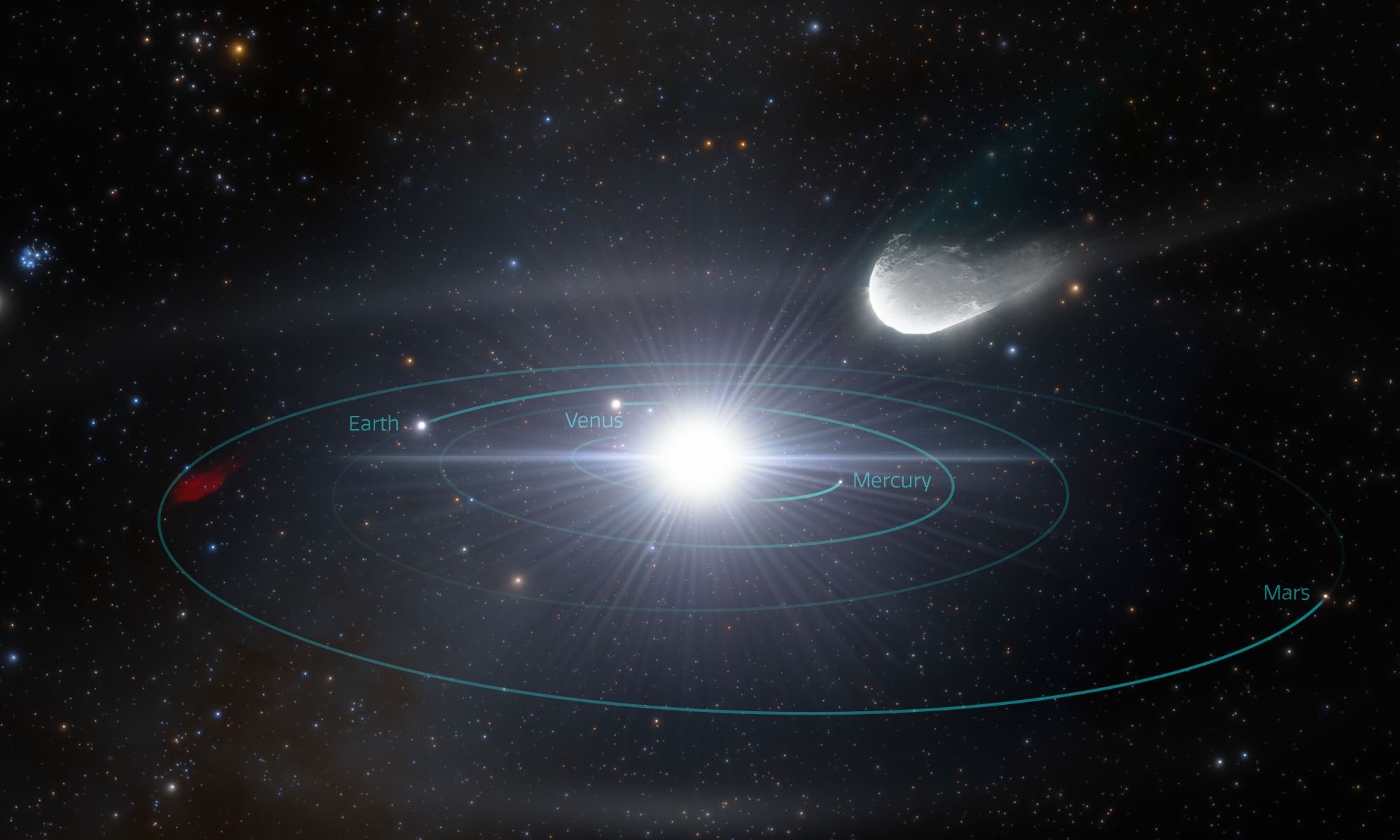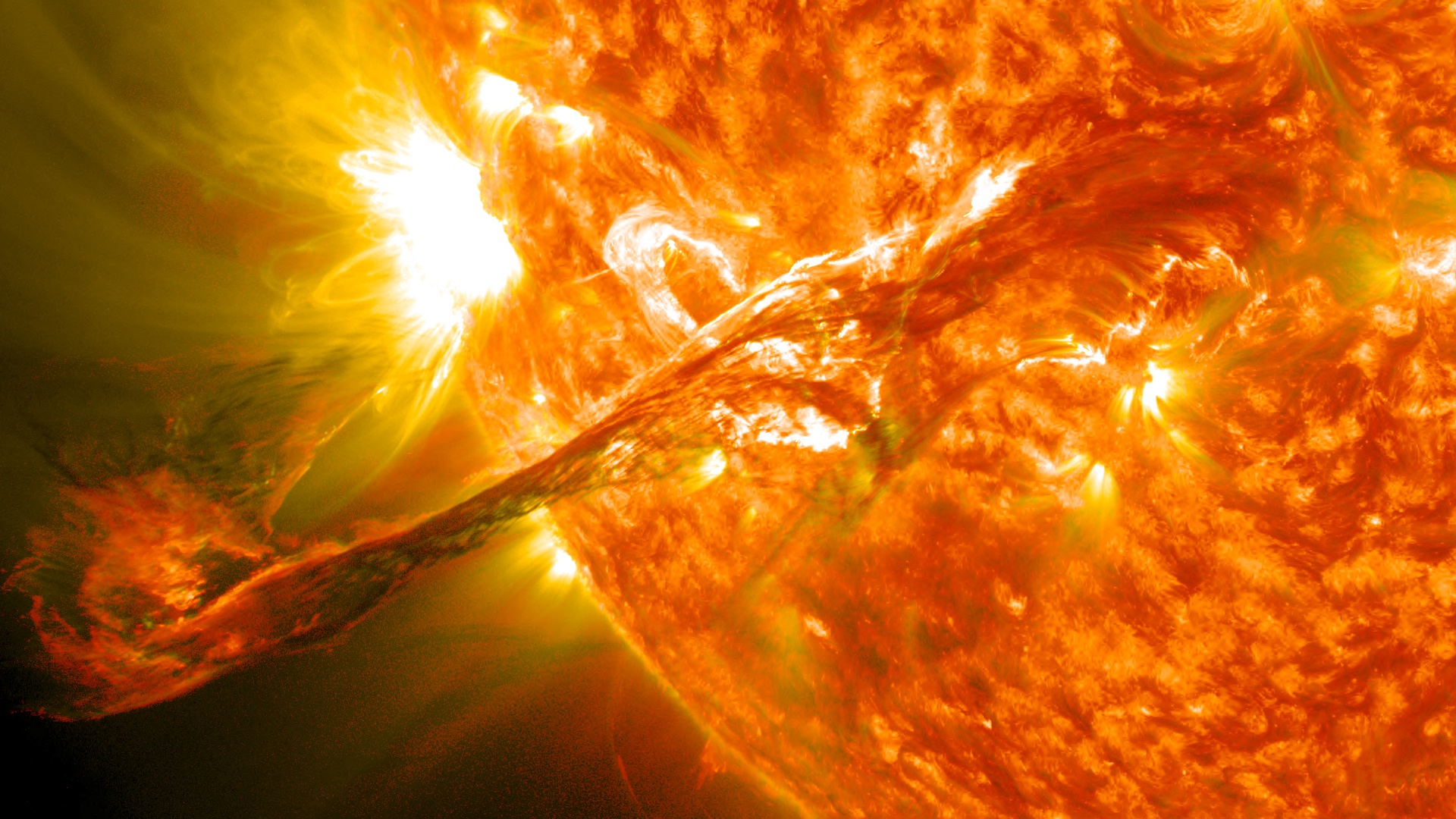Sometimes in science you have to step back and take another look at underlying assumptions. Sometimes its necessary when progress stalls. One of the foundational questions of our day concerns the Fermi Paradox, the contradiction between what seems to be a high probability of extraterrestrial life and the total lack of evidence that it exists.
What assumptions underlie the paradox?
Continue reading “Advanced Civilizations Could be Indistinguishable from Nature”









